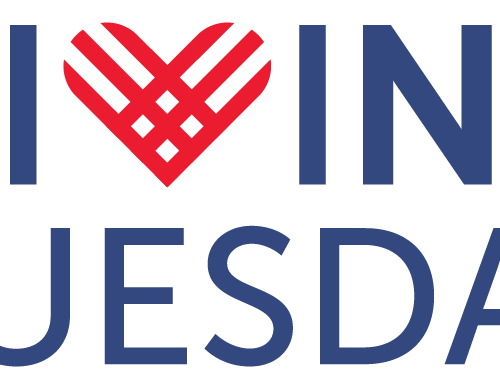Emailing Like a Pro: Navigating Gmail and Yahoo’s New Sender Requirements
Imagine this: You’ve crafted the perfect email for your nonprofit’s big campaign, hit ‘send,’ and then… silence. Your message never reaches its audience, lost in the digital void. Why? Because the rules of the email game have changed.
In the bustling world of nonprofit work, we know you’ve got a lot on your plate. We all strive to keep our cause, our mission, afloat and thriving. One key to doing that? Keeping our valuable supporters in the loop, and ensuring our messages land right in their inboxes, not the dreaded spam folder.
Turns out, our friends at Gmail and Yahoo have switched up the game. As of February 2024, they’re dialing up their fight against spam with a fresh set of sender requirements. So pull up a chair, and let’s dive in.
Best Practices? More like Must-Have Practices!
You might already be following some of these strategies, but starting now, they’re not just good to have – they’re MUST haves!
Here Are the Deets
- SPF and DKIM Email Authentication for Your Domain
Think of SPF and DKIM as your non-profit’s personal secret handshakes in the email world. They tell ISPs (Internet Service Providers, like Gmail and Yahoo), “It’s really us sending these emails.” With these setups, ISPs are more likely to deliver your emails into the recipient’s inbox. Helping you ensure that your supporters are always in the loop!
- Valid Forward and Reverse DNS Records for Sending Domains or IPs
Reverse DNS is a VIP bouncer, double-checking your email isn’t a party crasher. It’s one more way we show ISPs our email comes from a legit, reputable source. Setting up accurate forward and reverse DNS records can undoubtedly help increase your deliverability rates. - Let’s Keep Those Spam Rates below 0.3%
Google Postmaster Tools is your friend here. Imagine you’re behind the wheel, and Google Postmaster Tools is your trusty GPS, ensuring you’re driving the right way. It helps monitor your spam complaint rates and navigates you toward email best practices, reducing the chances of hitting that spam folder. - Formatting Messages According to RFC 5322
It sounds like a robot’s name, right? But it’s a set of rules ensuring your email structure is neat and readable. Following RFC 5322 will keep your email format in check and make sure your brilliant messages get sent smoothly and read as intended. - Avoid Impersonating Gmail From: Headers
Let’s keep it real and avoid mirroring Gmail in our From: headers. Impersonation can create misunderstandings and could lead to delivery issues. - Get those ARC Headers into Your Outgoing Emails
Sometimes, your message passes through several hands (or servers) before it reaches your supporter. ARC headers are like those friendly stamps on a postcard from every stop along the way, ensuring the final recipient that your message is legitimate and intact. - DMARC Email Authentication Rocks
Now this is your email security superhero! It acts as a protective shield against spoofing (that’s when bad guys pretend to be you). Implementing DMARC might just get you on the tech-savvy list at your next nonprofit networking event. - Align Sender’s From Header Domain with SPF or DKIM Domain
Here, we’re playing matchmaker. We want to make sure the domain in your email’s From: header aligns with the domain used in your SPF or DKIM authentication. It’s like bringing the right ticket to the gig, ensuring your email is the one they let in! - One-click Unsubscribe for Subscribed Messages
Offering an easy way to say goodbye might seem counterintuitive, but it can have profound benefits. It shows respect for your supporters’ choices and can improve your relationship with those who stick around, making your community even stronger.
Wrapping Up
The landscape of digital communication is evolving rapidly, and so must our strategies. For nonprofit leaders, these changes aren’t just obstacles; they’re opportunities to refine, innovate, and elevate our email practices. By embracing these new standards, you’re not just complying with rules – you’re ensuring that your mission-critical messages reach hearts and minds without fail. Remember, every email is a chance to spark change, inspire action, and forge deeper connections. So go ahead, arm yourself with these insights, email like a pro, and watch as your nonprofit’s voice becomes an unstoppable force in the inboxes of your community. Here’s to crafting emails that not only meet the mark but make a mark!




